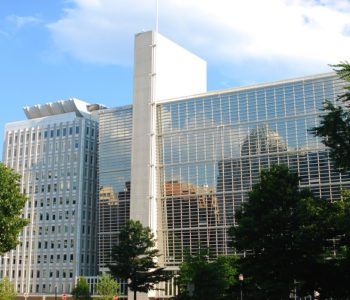NRB to release first monetary policy review amid signs of rising non-performing loans

KATHMANDU: The Nepal Rastra Bank (NRB) has announced it will publish the first review of the current fiscal year’s monetary policy in the second week of Mangsir (mid-November). The review comes as Nepal’s financial sector faces increasing pressure from rising non-performing loans (NPLs) and slow credit growth. NRB’s Economic Research Department is currently gathering data, with a status report for the month of Ashoj (September-October) expected to be released next week.
Since last year, NRB has pursued a more flexible approach in its monetary policies, and current indicators suggest that it may extend further flexibility to boost economic activity. NRB officials have hinted that the review may include a reduction in the lower limit of the interest rate corridor to encourage banks to reduce loan interest rates. This move aligns with NRB’s goal to control inflation, which is projected at 5.5 percent for this fiscal year and targeted to fall below 5 percent next year.
In response to sluggish credit flow relative to deposit collection, NRB has maintained a 3 percent deposit collection rate, ensuring ordinary savers benefit from a minimum interest. However, with excess liquidity persisting in the banking system, there is growing concern over banks’ limited capacity to convert deposits into loans. NRB has implemented measures aimed at enhancing loan provisions, such as maintaining the good loan provisioning at 1.1 percent and allowing a 5 percent provisioning for risky loans.
Rising Non-Performing Loans
The latest banking data shows an upward trend in NPLs, a concern exacerbated by the adoption of the NFRS 9 Expected Credit Loss Model. Although banks’ net profits have shown slight growth due to NRB’s concessions, NPL increases are constraining distributable profits and negatively impacting capital adequacy. Banks have begun adjusting for future loan losses, but some analysts warn that if credit demand does not pick up, bank earnings may decline further.
Potential Changes in Share Loan Limits
NRB is also expected to review share loan policies, possibly removing the current ceiling of NPR 15 million on individual share loans. Such changes could inject flexibility into the credit market, which has been sluggish despite earlier interventions. NRB officials noted that the policy review might also lower the risk weight for share and real estate loans, a move aimed at stimulating investment by reducing borrowing costs.
Broader Economic Implications
Nepal’s financial sector is under pressure to adapt to the changing dynamics of domestic and global economies. Analysts warn that, although NRB’s flexible approach could temporarily alleviate financial pressures, structural improvements are needed to ensure sustainable credit growth and economic resilience.
With the first quarter of the fiscal year showing limited improvement in financial health, the upcoming policy review is highly anticipated. Stakeholders across the banking and business sectors are keen to see if NRB will implement new strategies to address the ongoing challenges and stimulate Nepal’s economic growth.













Facebook Comment